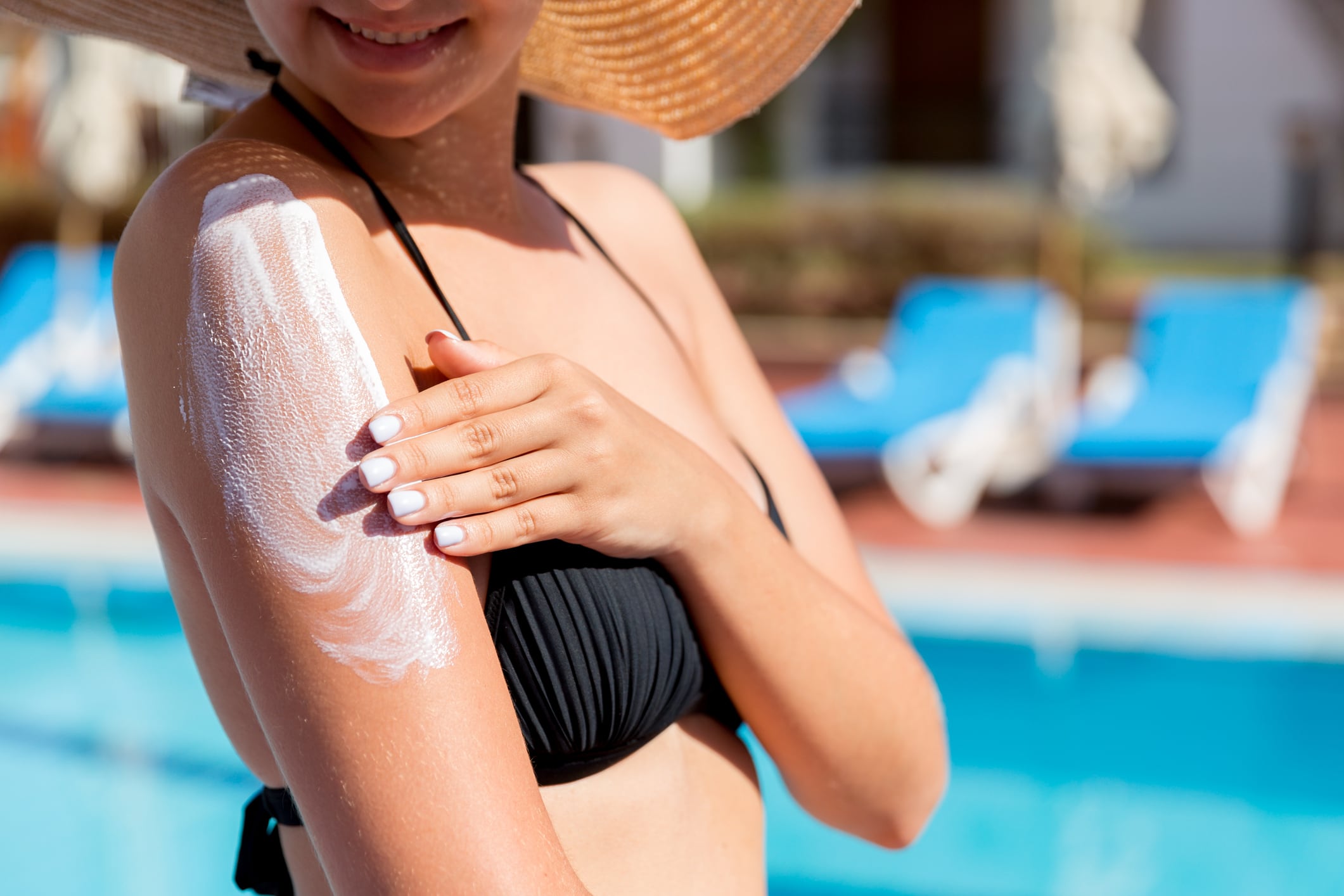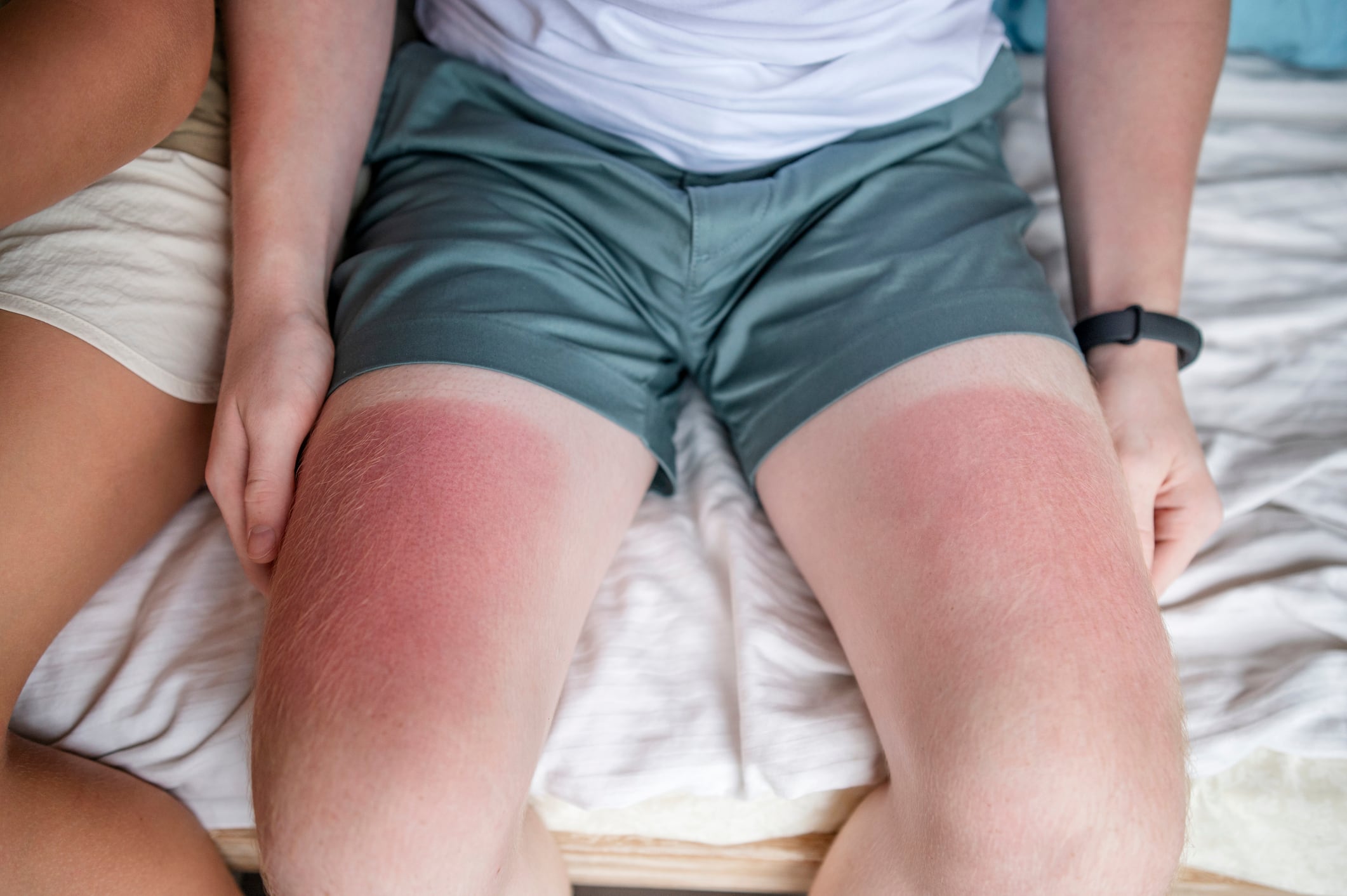A recently published review in the scientific journal Cosmetics by researchers at biotechnology company Arcaea explored the evolving science of sun protection, calling for a more holistic approach that extends beyond UVB and UVA radiation. Researchers reviewed the growing body of evidence showing blue light and infrared radiation (IRA) can contribute to skin damage, long-term photoaging, and pigmentation issues.
The review also explored how blue light and IRA are being addressed through UV filter technology, ingredient delivery formats, and advancements in biotechnology while navigating regulatory approval and testing methodology requirements.
Overall, the authors wrote, “the transformation from traditional sun barriers to multifunctional formulations reflects how deeply photoprotection is now intertwined with dermatology, materials science, and sustainability.”
A roadmap with detours and speed bumps
“Some in vitro and ex vivo studies suggest infrared A radiation (IRA) can contribute to photoaging by generating reactive oxygen species and increasing expression of enzymes like MMP-1, which break down collagen,” Jaide Jensen, Head of Biotechnology at Arcaea and co-author of the review, told CosmeticsDesign US.
However, she cautioned that “these findings have also been challenged on the grounds that many studies use non-physiological exposure levels.”
In the case of blue light, Jensen noted its disproportionate effects on darker skin tones. “Blue light shows skin effects in individuals with darker phototypes (III–VI), where it induces long-lasting hyperpigmentation through melanogenesis pathways.”
Despite these risks, US formulators face constraints. “A key challenge, especially in the US, is the lack of approved UV filters that cover long-range UVA (340–400 nm) and blue light,” she shared. Filters such as bemotrizinol, bisoctrizole, and TriAsorB, widely used in the EU, are not yet approved in the US, limiting domestic product capabilities.
Cellular-level insights for formulators
Reviewers focused their attention on “the multifaceted effects of solar radiation (UVB, UVA, blue light, and infrared) on the skin, detailing cellular damage mechanisms, including DNA and RNA damage, and oxidative stress,” according to the study, and highlighted “new findings in the cellular mechanisms underlying sun-induced damage, showing that solar radiation causes both direct and indirect harm to skin cells,” Jensen clarified.
For R&D teams, she summarized, industry stakeholders should note that “a single-filter approach is no longer sufficient.”
Jaide Jensen, Head of Biotechnology at Arcaea, recommends a layered strategy that included:
- Broad-spectrum filters that extend into UVA1 and visible light;
- Adjunctive ingredients such as antioxidants, vitamin D, and DNA repair enzymes;
- Advanced delivery systems like liposomes, nanoemulsions, and solid lipid nanoparticles (SLNs);
- Texture-enhancing technologies, such as SPF boosters and film-forming agents; and
- Nutritional support via carotenoid- and polyphenol-rich diets or supplements.
“Aesthetic performance remains a major barrier to daily use,” she added. “Ingredients like layered double hydroxides, lignosulfonates, or Polypodium leucotomos extract can amplify SPF while reducing filter load.”
Innovations in filters, delivery systems, and sustainability
Researchers noted that recent innovations in chemical filters, delivery technologies, and formats have advanced efficacy, wearability, and sustainability for end-users.
“Molecules such as bemotrizinol, bisoctrizole, and TriAsorB…offer broad-spectrum protection, including coverage into the UVA1 and visible light ranges,” said Jensen. She also highlighted encapsulation technologies, such as SLNs and liposomes, for their ability to “reduce filter degradation, minimize skin penetration, and improve texture and transparency.”
Biotechnology is also opening new doors. “Biotechnology is enabling the discovery and production of novel UV filters—including compounds like mycosporine-like amino acids (MAAs) and gadusol—via fermentation-based methods,” she explained.
These bio-derived molecules hold promise for biodegradable, photostable, and environmentally friendly alternatives, though regulatory approval remains a hurdle.
Testing methods: Shift toward ethical and efficient validation
To address limitations of human testing, the industry is increasingly relying on standardized in vitro methods.
“A major step forward is the adoption of ISO 23675:2023, a standardized in vitro SPF testing method,” said Jensen. “It is valuable for early-stage formulation screening, quality control, and iterative development—making the process faster, more cost-efficient, and more ethical.”
The method improves correlation with in vivo data and applies stricter controls on sample preparation and UV exposure, representing a significant step toward more precise and reproducible testing protocols.
AI integration from R&D to consumer experience
Artificial intelligence is accelerating development cycles and supporting personalized user experiences. “AI enables data-driven optimization of UV filter combinations, improving SPF and UVA protection while supporting better aesthetics and faster iteration,” said Jensen.
She also noted the role of AI in ingredient discovery, which “can assist in identifying compatible excipients… that meet a formulation’s regulatory, physicochemical, and sensory requirements.”
On the consumer side, she elaborated, AI-powered tools are offering personalized sun care advice based on phototype, UV index, and usage patterns.
Outlook: The journey towards smarter sun protection continues
As researchers concluded in the review, “thanks to advances in our understanding of solar radiation and skin biology, we now have the capability to formulate more effective sunscreens than ever before.” However, they acknowledged, “significant challenges remain,” such as the need for further research into effective formulation of broad-spectrum protection against UVA1 and visible light."
While regulatory pathways may delay the adoption of novel filters, the review’s findings affirmed that the foundation is being laid for photoprotection that is more inclusive, more sustainable, and more science-based.
“While new UV filters developed through biotechnology still face a lengthy regulatory approval process,” Jensen concluded, “these innovations mark a significant step toward more sustainable, multifunctional sun protection solutions.”
Source: Cosmetics, 2025, 12, 96, doi: 10.3390/cosmetics12030096, “Frontiers in Topical Photoprotection.”, Authors: M. Sullivan, et al.





